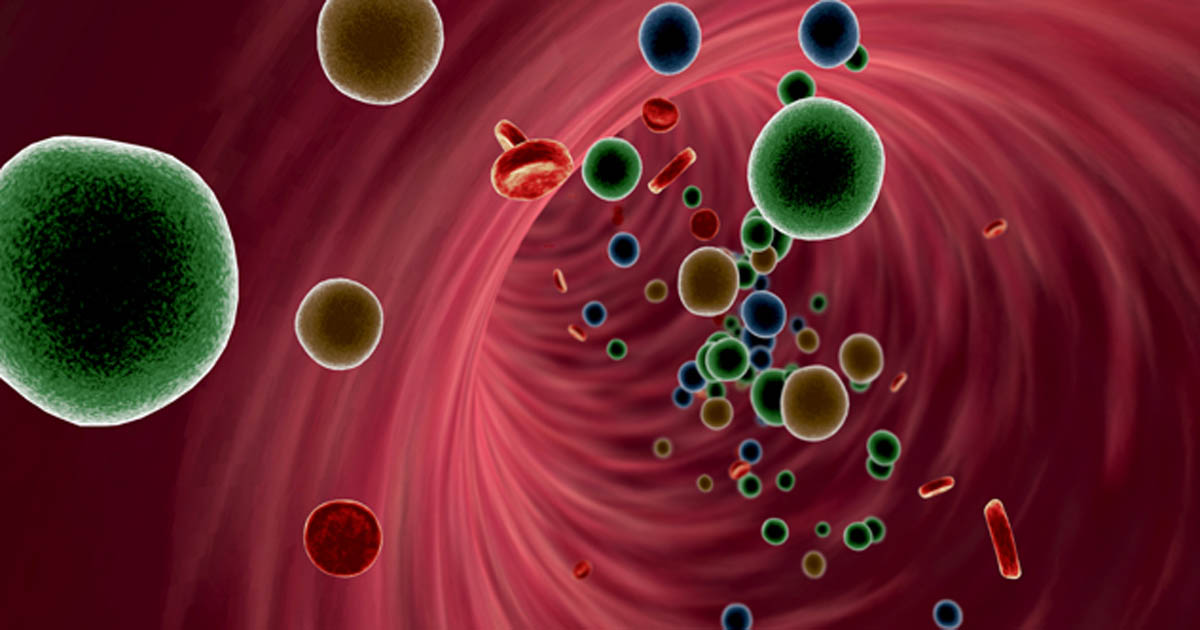T2Bacteria Panel may accurately, quickly diagnose bloodstream infections
The T2Bacteria Panel accurately identified bloodstream infections caused by five common bacteria more quickly than did blood cultures, according to a study published in the Annals of Internal Medicine.
“Early institution of appropriate antimicrobial therapy is a crucial determinant of improved outcomes in patients with bloodstream infections, particularly those causing sepsis,” M. Hong Nguyen, MD, of the department of medicine at the University of Pittsburgh, and colleagues wrote. “Blood cultures are the gold standard for diagnosing bloodstream infections but are limited by prolonged time to results and sensitivities ranging from 10% or less to about 50%. The development of nonculture diagnostic tests for bloodstream infections that are rapid and accurate is therefore a top priority. The T2Bacteria Panel is the first direct-from-blood, nonculture test cleared by the FDA for diagnosis of bloodstream infections caused by multiple bacteria.”
To evaluate the performance of the T2Bacterial Panel in diagnosing bloodstream infections, researchers conducted a prospective study of 1,427 patients (median age, 56 years; 63% white; 57% men) at 11 U.S. hospitals for whom blood cultures were ordered between December 2015 and August 2017. Along with blood cultures, researchers utilized the T2Bacteria Panel.
The primary outcomes of the study were the sensitivity and specificity of the T2Bacterial Panel compared with blood culture.
Researchers found that results were positive for targeted bacteria, or for bloodstream infection, in 3% of patients with the blood culture and 13% for patients with T2Bacteria.
Regarding the primary outcomes, the sensitivity and specificity of the T2Bacteria Panel for proven bloodstream infections per patient were 90% (95% CI, 76-96) and 90% (95% CI, 88-91), respectively.
Finally, researchers observed that the mean time from start of blood culture incubation to positivity for T2Bacteria-targeted organisms was 38.5 hours. For species identification, mean time with blood culture was 71.7 hours compared with 3.61 to 7.7 hours when using T2Bacteria.

“Overall, T2Bacteria results correlated well with those from blood cultures,” the researchers wrote. “T2Bacteria will most likely be useful if it is used in conjunction with blood and nonblood cultures and results are interpreted with careful consideration of patients’ clinical status and antibiotic use. We hope the promising performance and FDA clearance of [the] test will encourage continued investment, research, and development in this area of pressing medical need.”
In a related editorial, Gerald A. Capraro, PhD, and David A. Weinrib, MD, both of Atrium Health in Charlotte, North Carolina, wrote: “In this era of increasing cost consciousness and ‘lean operations,’ clinicians and laboratories need to be good stewards of health care resources and make careful determinations of cost, utility, and benet to the patient before adopting a new assay. The T2Bacteria Panel targets only five clinically relevant bacteria, and whether this will signicantly reduce costs or benet patients with suspected [bloodstream infection] and sepsis has yet to be proved.” – by Melissa J. Webb
Disclosures: The study was funded by T2 Biosystems. Hung Nguyen reports no relevant financial disclosures. Please see full study for all other authors’ relevant financial disclosures.
